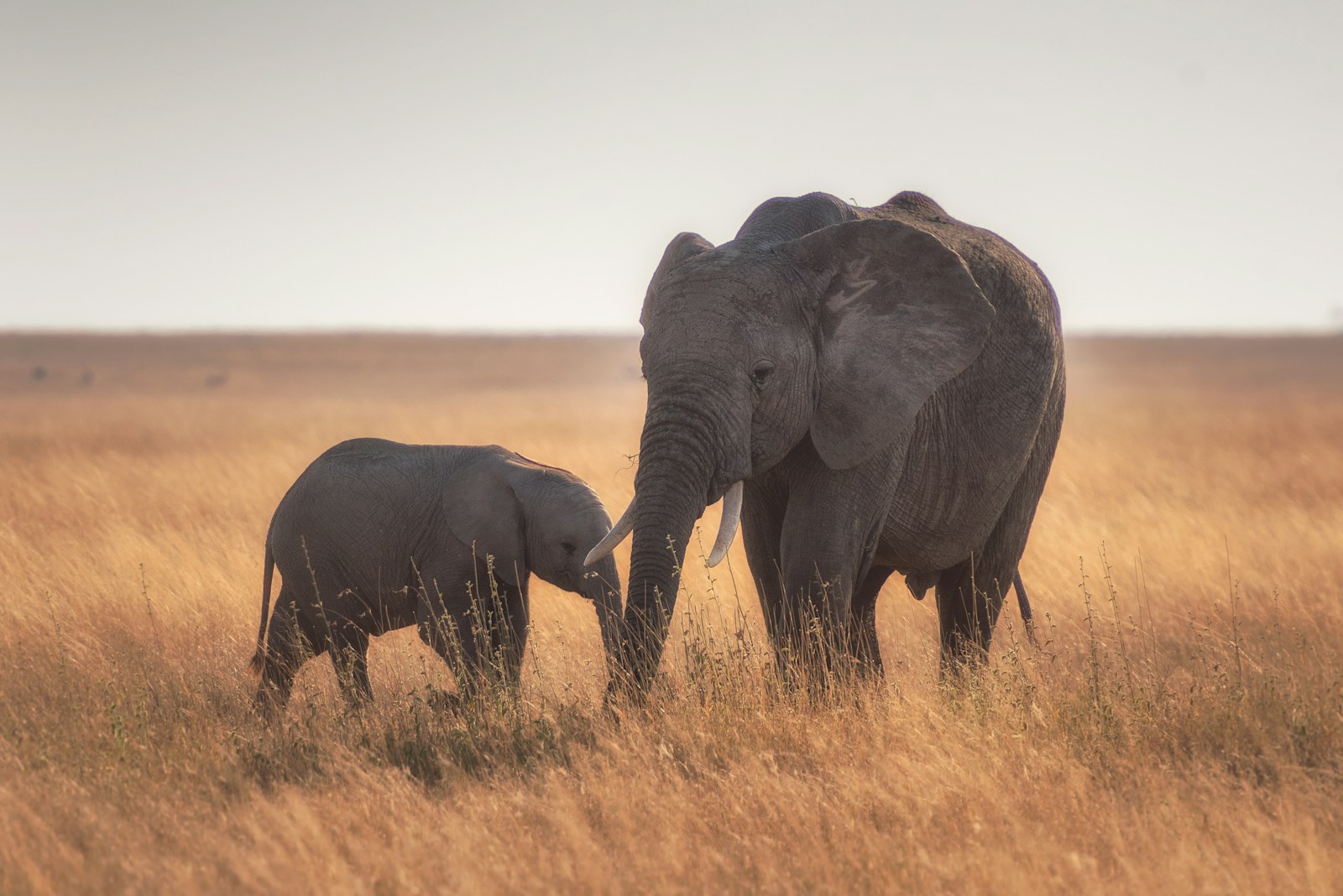Exploring the Wonders of Manyara National Park: A Hidden Gem in Tanzania
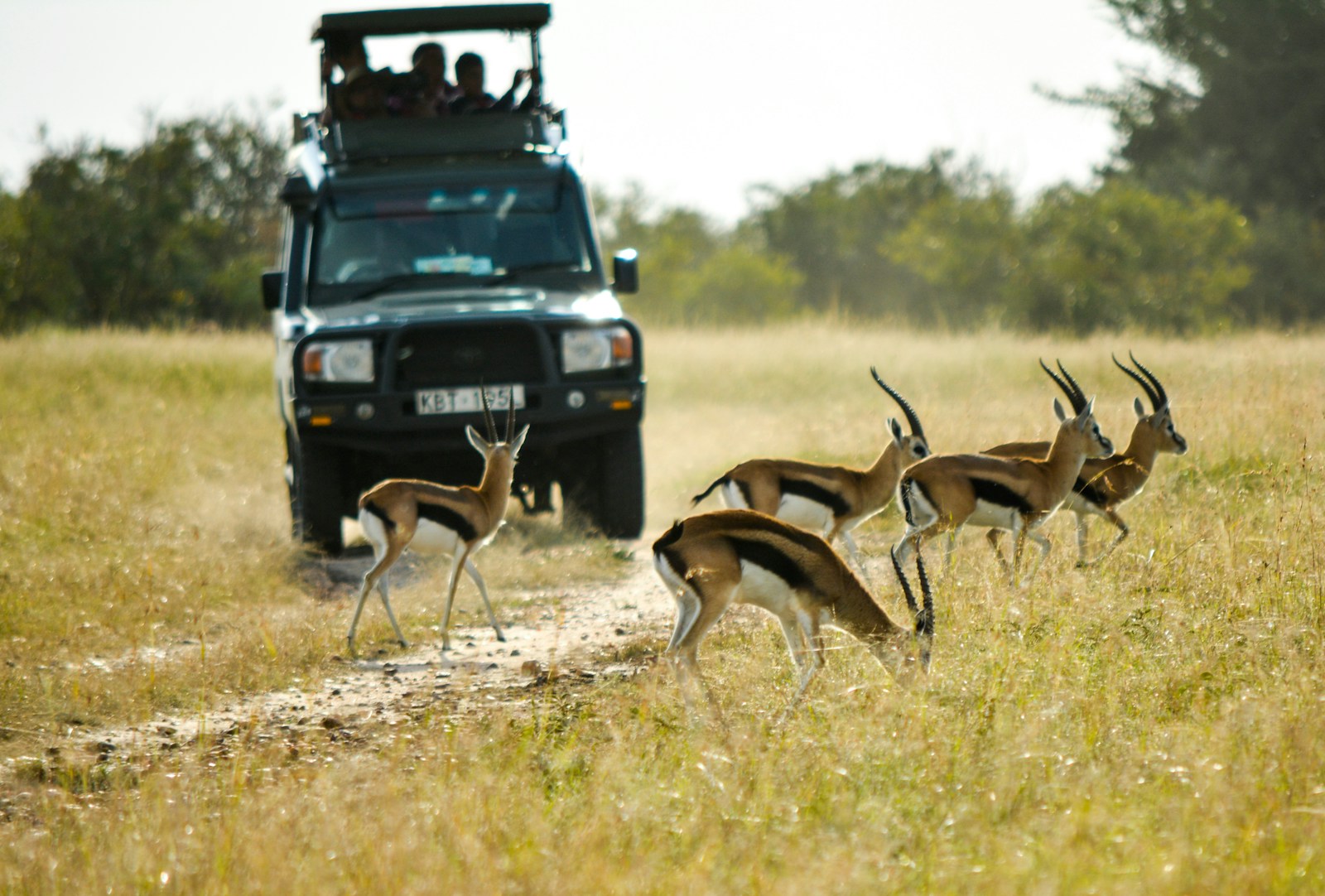
Exploring the Wonders of Manyara National Park: A Hidden Gem in Tanzania
Manyara National Park, nestled between the rugged escarpment of the Great Rift Valley and the serene waters of Lake Manyara, is one of Tanzania’s most picturesque and diverse wildlife sanctuaries. Though often overshadowed by the more famous Serengeti and Ngorongoro Crater, Manyara National Park offers a unique blend of ecosystems and wildlife, making it a must-visit destination for nature lovers and wildlife enthusiasts. In this blog, we will delve into the captivating landscapes, rich biodiversity, and unforgettable experiences that await visitors to this hidden gem in northern Tanzania.
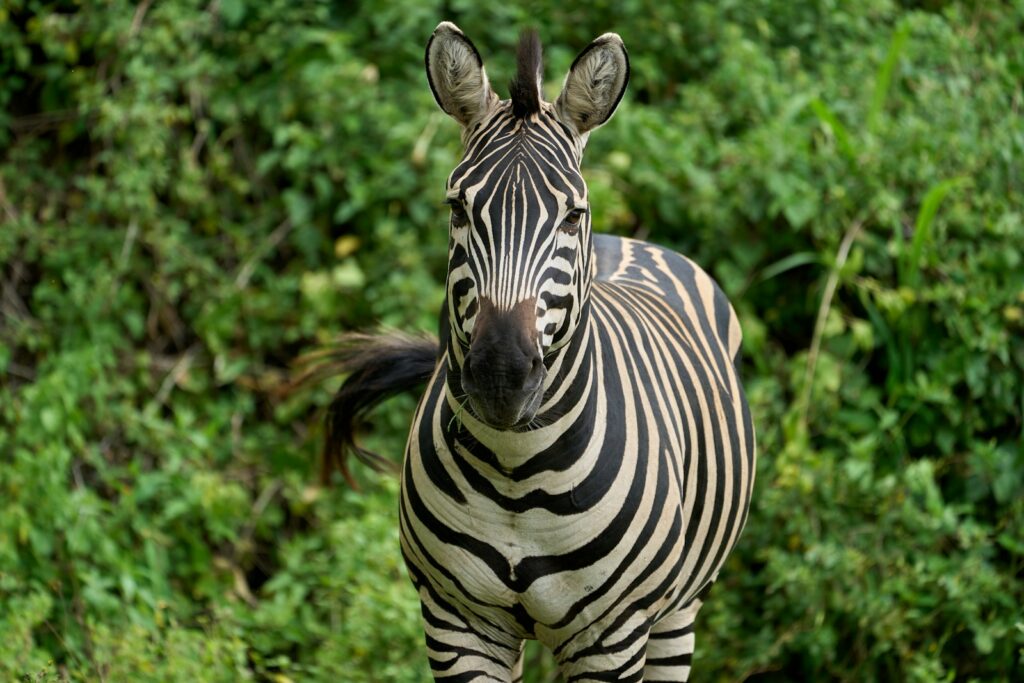
A Mosaic of Ecosystems
One of the most striking features of Manyara National Park is its varied landscape, which encompasses a wide range of ecosystems. The park spans approximately 330 square kilometers, with a significant portion of this area covered by the alkaline Lake Manyara, after which the park is named. The lake is a shallow, soda lake that swells and shrinks depending on the season, providing a vital habitat for a multitude of bird species.
Surrounding the lake, visitors will find a mix of habitats including lush groundwater forests, open savannah grasslands, and acacia woodlands. This mosaic of ecosystems creates a dynamic environment that supports a diverse array of wildlife. The groundwater forest, with its tall mahogany and fig trees, is particularly enchanting, offering a cool and shaded retreat where visitors can escape the heat and enjoy the sights and sounds of the forest.
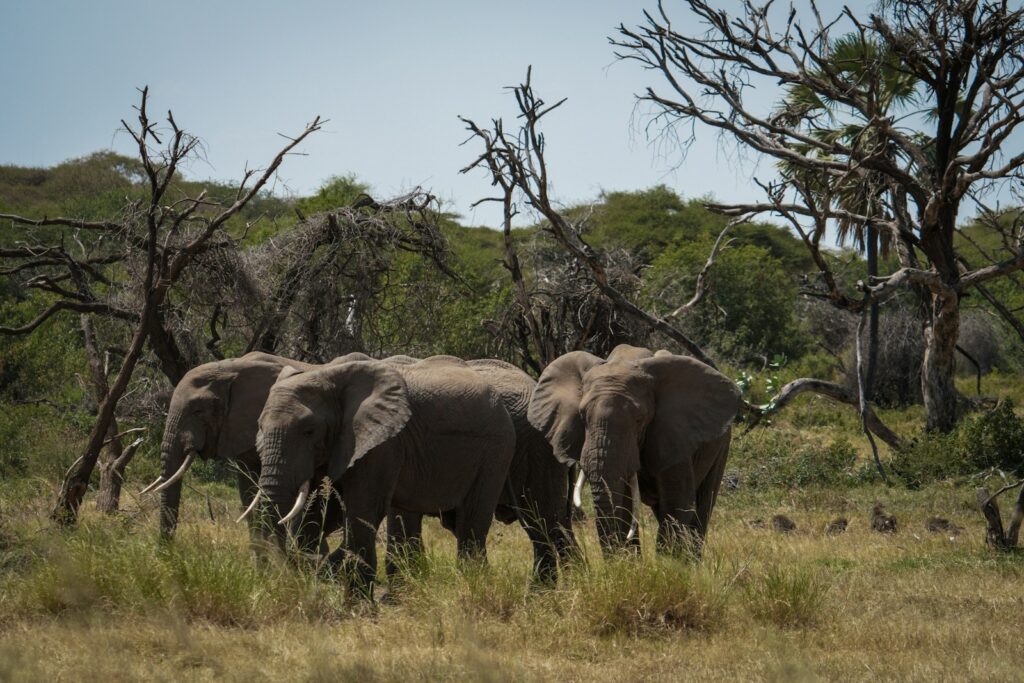
Wildlife Encounters
Manyara National Park is renowned for its rich biodiversity, offering visitors the opportunity to see a wide variety of animals in their natural habitats. The park is perhaps best known for its population of tree-climbing lions. Unlike most lions, which typically rest on the ground, the lions in Manyara have developed the unique behavior of climbing trees, often seen lounging on branches during the heat of the day. This unusual behavior is thought to help them escape the heat and insects on the ground.
In addition to the famous lions, Manyara is home to large herds of elephants, which are frequently spotted in the park’s lush forests and open plains. The elephants of Manyara are known for their impressive size and close-knit family groups, providing ample opportunities for visitors to observe these majestic creatures up close.
Another highlight of Manyara National Park is its diverse birdlife. The park boasts over 400 species of birds, making it a paradise for birdwatchers. The lake’s shallow waters attract flocks of flamingos, pelicans, and other waterbirds, creating a spectacular display of color and movement. The park is also home to a variety of raptors, hornbills, and the iconic African fish eagle.
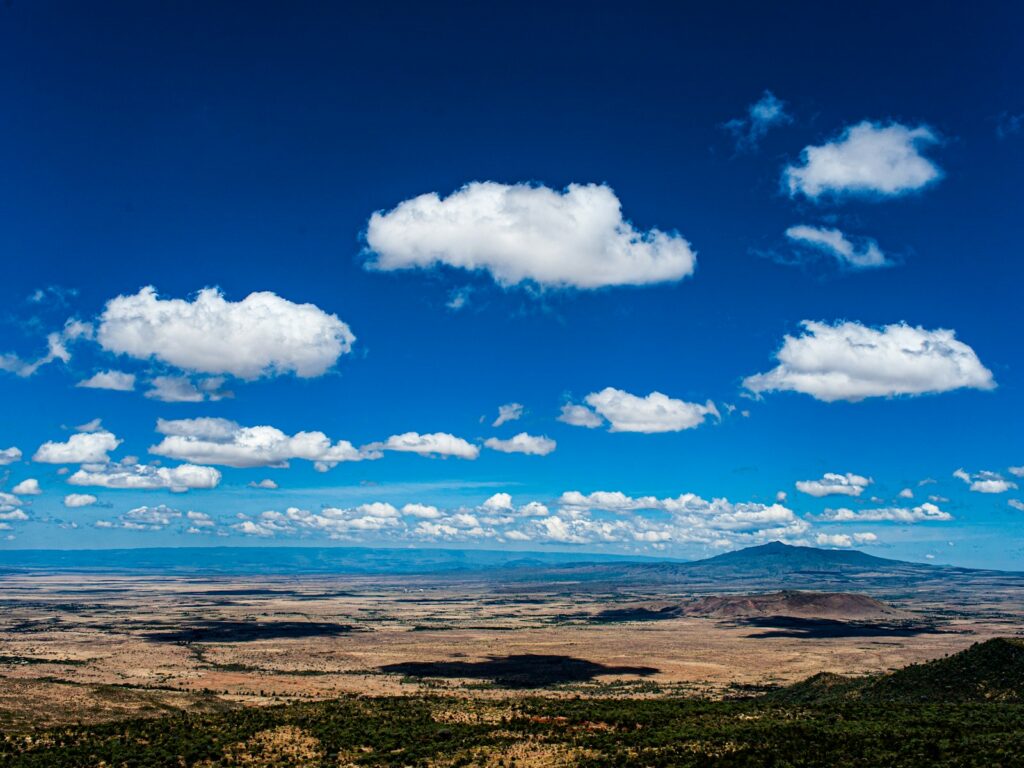
The Great Rift Valley Escarpment
The dramatic backdrop of the Great Rift Valley Escarpment adds to the park’s stunning scenery. This steep cliff rises sharply from the edge of the park, offering breathtaking views of the park and the lake below. The escarpment is not only a scenic feature but also plays a crucial role in the park’s ecology. The rainwater that runs off the escarpment feeds into the groundwater forest, sustaining its lush vegetation and supporting the park’s diverse wildlife.
The escarpment also provides a unique vantage point for visitors. From viewpoints along the escarpment, visitors can take in panoramic views of the park’s varied landscapes, from the dense forests to the shimmering waters of Lake Manyara. The sunsets from these viewpoints are particularly spectacular, with the sun dipping below the horizon and casting a golden glow over the landscape.

Cultural Experiences
Manyara National Park is not just about wildlife and natural beauty; it also offers rich cultural experiences. The park is located near several traditional Maasai villages, where visitors can learn about the culture and way of life of the Maasai people. The Maasai are known for their distinctive dress, intricate beadwork, and deep connection to the land and animals.
Visitors can participate in cultural tours that include visits to Maasai bomas (traditional homesteads), where they can interact with the locals, learn about Maasai traditions, and even witness traditional dances. These cultural experiences provide a deeper understanding of the region’s heritage and the strong cultural ties that exist between the people and the land.

Adventure and Activities
Manyara National Park offers a range of activities for adventurous travelers. Game drives are the most popular way to explore the park and see its wildlife. The park’s network of roads allows visitors to access different habitats and increase their chances of spotting animals. Early morning and late afternoon game drives are particularly rewarding, as this is when animals are most active.
For those looking for a different perspective, Manyara National Park also offers opportunities for walking safaris. Accompanied by knowledgeable guides, visitors can explore the park on foot, gaining a more intimate understanding of its flora and fauna. Walking safaris offer the chance to see smaller creatures and plants that might be missed on a game drive, as well as the opportunity to experience the park’s sights and sounds up close.
Another unique activity in Manyara is canoeing on Lake Manyara. This peaceful activity allows visitors to glide across the calm waters of the lake, getting close to waterbirds and enjoying the tranquility of the surroundings. Canoeing offers a different vantage point and a chance to appreciate the beauty of the park from the water.

Conservation and Sustainability
Manyara National Park plays a vital role in conservation and sustainability efforts in Tanzania. The park is part of the larger Manyara Biosphere Reserve, a UNESCO-designated area that aims to promote sustainable development and conservation. The reserve includes the park, as well as surrounding lands used for agriculture and livestock grazing.
Conservation initiatives in the park focus on protecting its unique ecosystems and the wildlife that depends on them. Efforts are made to manage human-wildlife conflicts, particularly in areas where elephants and other large animals come into contact with local communities. The park also works to protect its water resources, including the groundwater forest and Lake Manyara, which are critical for the survival of many species.
Visitors to Manyara National Park are encouraged to practice responsible tourism. This includes following park rules, respecting wildlife, and minimizing environmental impact. By supporting sustainable tourism practices, visitors can help ensure that the park’s natural beauty and biodiversity are preserved for future generations.
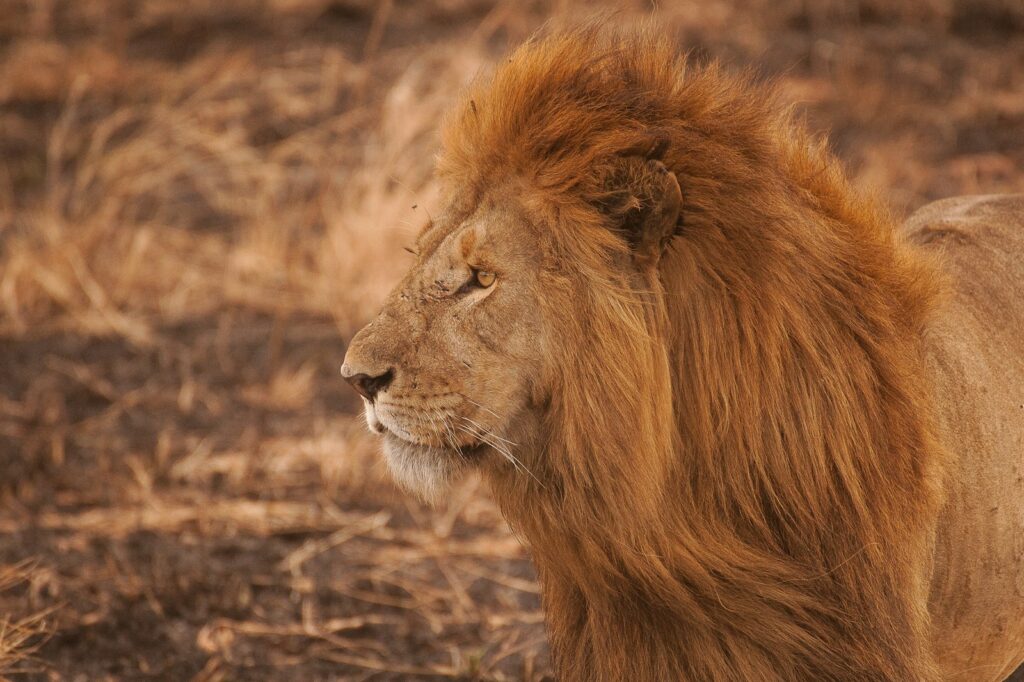
Planning Your Visit
Manyara National Park is easily accessible from Arusha, one of Tanzania’s main tourist hubs. The park is often included as a stop on the popular northern safari circuit, which also includes Serengeti National Park, Ngorongoro Crater, and Tarangire National Park. The best time to visit Manyara is during the dry season, from June to October, when wildlife viewing is at its best. However, the park is open year-round, and the wet season (November to May) brings lush vegetation and an abundance of birdlife.
Accommodation options near the park range from luxury lodges to budget-friendly campsites, providing something for every traveler. Many lodges and camps offer stunning views of the park and the Great Rift Valley Escarpment, as well as easy access to the park’s entrance.
When planning your visit, consider spending at least a full day exploring Manyara National Park. This will give you ample time to enjoy game drives, participate in activities, and experience the park’s natural beauty and wildlife.
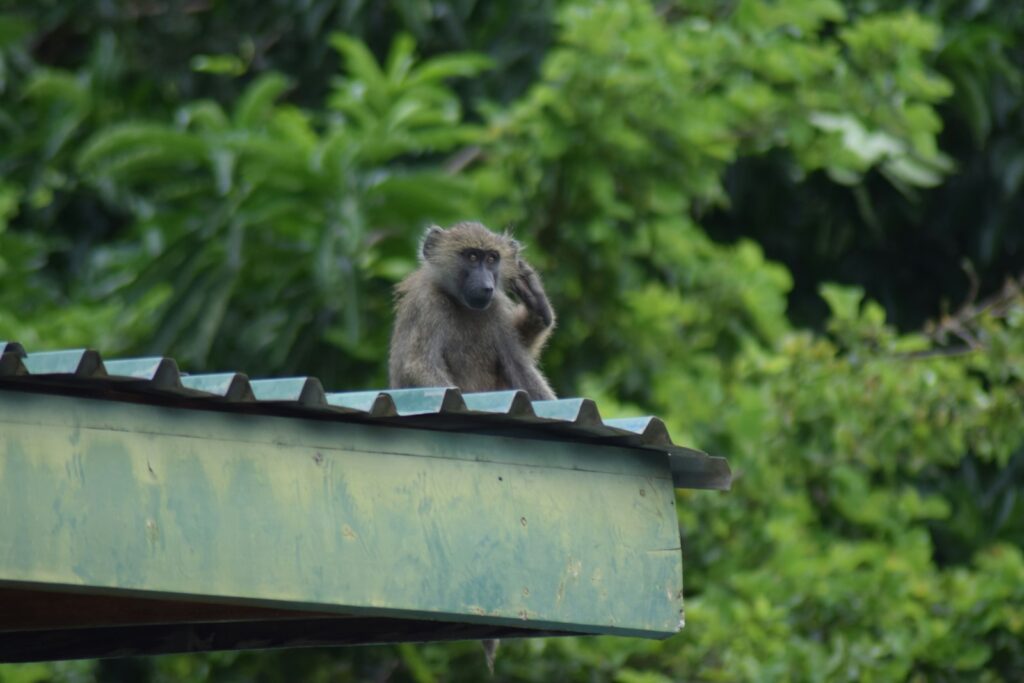
Conclusion
Manyara National Park is a hidden gem that offers a unique blend of stunning landscapes, diverse wildlife, and rich cultural experiences. From the iconic tree-climbing lions to the vibrant birdlife and the dramatic backdrop of the Great Rift Valley, the park is a treasure trove of natural wonders waiting to be explored. Whether you’re a seasoned safari-goer or a first-time visitor to Tanzania, Manyara National Park promises an unforgettable adventure that will leave you with lasting memories and a deep appreciation for the beauty of the natural world. So pack your bags, grab your camera, and get ready to discover the magic of Manyara National Park.
Recent Posts
